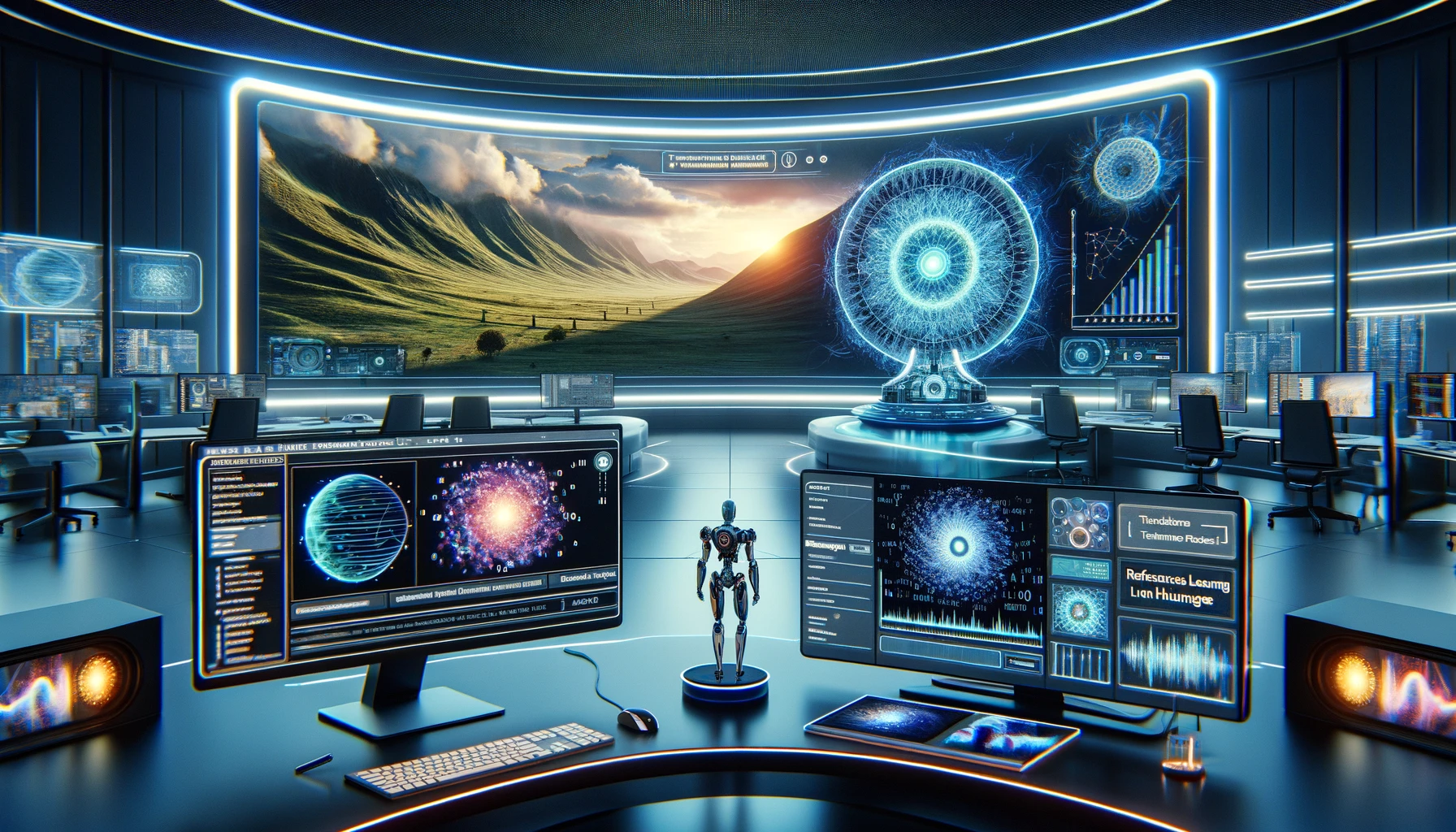In the ever-evolving landscape of technology, artificial intelligence (AI) stands out as a beacon of innovation, particularly in the realm of content creation. The article “A Comprehensive Survey of AI-Generated Content (AIGC): A History of Generative AI from GAN to ChatGPT” emerges as a cornerstone text, offering an in-depth exploration of generative AI’s journey. From the birth of Generative Adversarial Networks (GANs) to the sophistication of Transformer models and beyond, this article meticulously traces the pivotal advancements that have sculpted the field. Let’s embark on a journey through the annals of generative AI, unraveling its complexities and celebrating its milestones.
Table of Contents
- 0.1 The Dawn of Generative AI: GANs Revolutionize Content Creation
- 0.2 The Rise of Transformers: A New Chapter in NLP
- 0.3 Refining AI with Human Feedback: The RLHF Milestone
- 0.4 Ethical and Societal Implications: Navigating the Complex Landscape
- 0.5 Bridging Theory and Practice: AI’s Impact Across Industries
- 0.6 Looking Ahead: The Future of AI Generated Content
- 0.7 The Path Forward: Emphasizing Ethical AI Development
- 1 Reference
The Dawn of Generative AI: GANs Revolutionize Content Creation
The narrative of AI generated content begins with an innovation that sounded like science fiction: Generative Adversarial Networks, or GANs. Introduced to the world as a novel concept, GANs brought the ability to generate eerily realistic images through a dance of competition between two neural networks. This marked the first significant leap towards AI’s capability to create, to imagine. The article does an exceptional job of illustrating how GANs laid the groundwork for a future where AI would not just imitate but innovate.
The Rise of Transformers: A New Chapter in NLP
As the article progresses, it explores the transformative impact of Transformer models on natural language processing (NLP). This leap forward enabled machines to understand and generate human-like text, making AI an invaluable partner in content creation. From writing articles to crafting poems, Transformer models like GPT (Generative Pre-trained Transformer) have redefined the boundaries of creativity, allowing for more coherent, contextually aware, and nuanced text generation.
Refining AI with Human Feedback: The RLHF Milestone
Another groundbreaking development discussed is Reinforcement Learning from Human Feedback (RLHF). This approach fine-tunes AI outputs to better resonate with human preferences and ethical standards. By integrating human judgment into the learning process, RLHF has significantly advanced the sophistication and ethical alignment of AI generated content, showcasing a future where AI and human creativity coalesce harmoniously.
The conversation around AI generated content isn’t complete without addressing the ethical and societal implications. The article invites readers to ponder the balance between innovation and responsibility, touching on copyright issues, authenticity, misinformation, and the broader impacts on employment and data privacy. These considerations remind us of the importance of a multidisciplinary approach to AI development, where technologists, ethicists, and policymakers come together to ensure that AI serves the greater good.
Bridging Theory and Practice: AI’s Impact Across Industries
What makes this article particularly compelling is its ability to connect theoretical advancements in AI with practical applications across various industries. From entertainment to healthcare, AI generated content is not just a tool for innovation but a bridge to solving real-world challenges. This blend of academic insight and industry application offers a holistic view of AI’s potential, guiding practitioners in leveraging AI technologies responsibly and creatively.
Looking Ahead: The Future of AI Generated Content
As we look towards the horizon, the article posits an optimistic yet cautious view of the future. It underscores the importance of ethical guidelines, technological advancements, and equitable access to AI tools. The potential for AI to enhance creativity, improve user interaction, and democratize content creation is immense, but realizing this potential requires careful consideration of ethical, governance, and societal implications.
The Path Forward: Emphasizing Ethical AI Development
The article concludes by highlighting the need for ongoing research, interdisciplinary collaboration, and policy development to navigate the challenges posed by AI generated content. Addressing bias, enhancing transparency, and ensuring equitable access to AI technologies are pivotal to aligning AI advancements with societal values and ethical standards. This calls for a collective effort to foster an AI ecosystem that benefits all, marking a new chapter in the symbiotic relationship between humanity and technology.
In “A Comprehensive Survey of AI-Generated Content (AIGC): A History of Generative AI from GAN to ChatGPT,” readers are offered a panoramic view of generative AI’s evolution, challenges, and possibilities. This article serves not just as a historical account but as a beacon, guiding us through the complexities of AI generated content with insight and foresight. As we stand on the cusp of this new era, let us embrace the journey ahead with curiosity, responsibility, and a shared vision for a future where AI and human creativity coexist in harmony and innovation.
Reference
Cao, Y., Li, S., Liu, Y., Yan, Z., Dai, Y., Yu, P. S., & Sun, L. (2023). A Comprehensive Survey of AI-Generated Content (AIGC): A History of Generative AI from GAN to ChatGPT (arXiv:2303.04226). arXiv. https://doi.org/10.48550/arXiv.2303.04226
